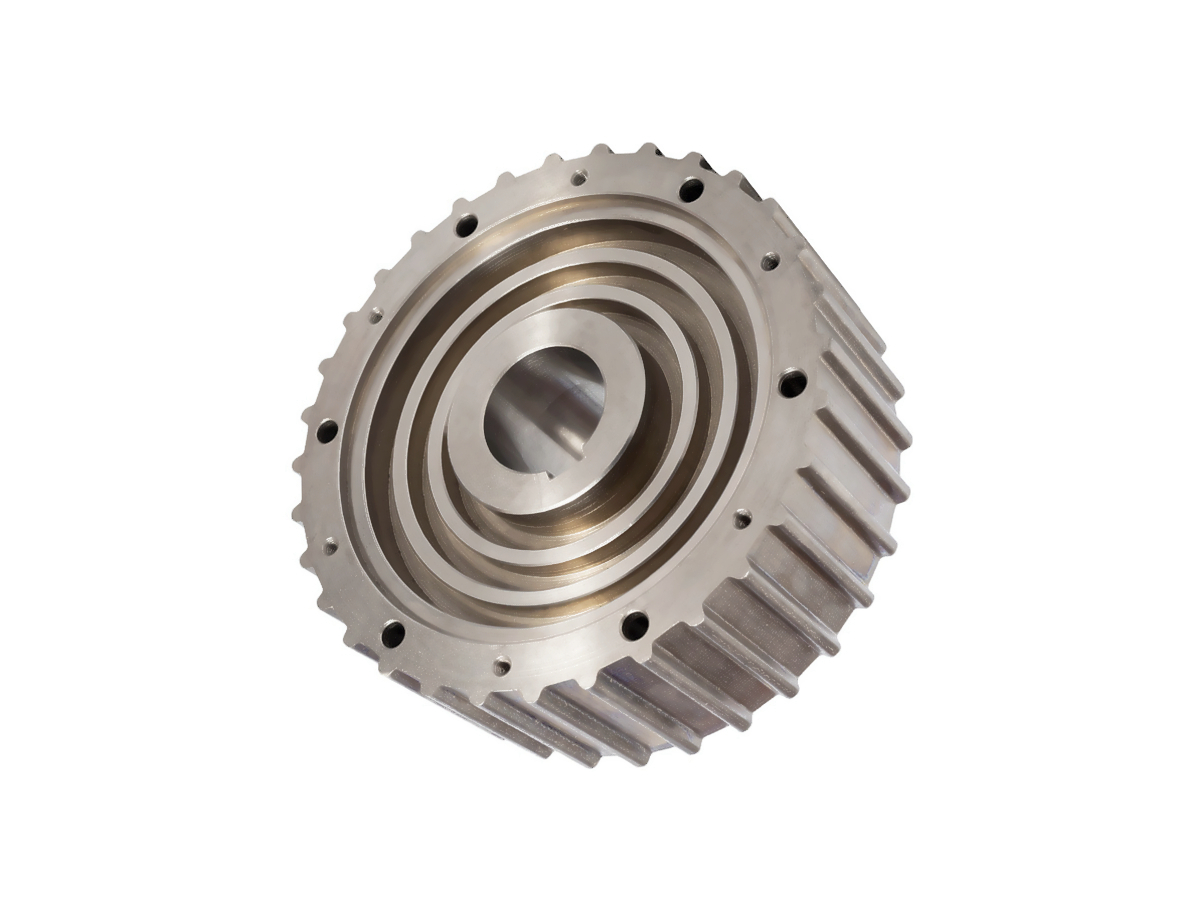Precision Prototyping with Superalloys: CNC Machining for High-Performance Components
Introduction
Superalloys are renowned for their exceptional mechanical strength, excellent corrosion resistance, and impressive performance at high temperatures, making them ideal for demanding industries like aerospace, nuclear, and power generation. CNC machining of superalloys enables precise prototyping with tolerances as tight as ±0.005 mm, offering reliable validation for critical components used in challenging operational environments.
Utilizing advanced superalloy CNC machining services, engineers can develop high-performance prototypes rapidly and effectively, ensuring that final components meet stringent industry standards for performance, durability, and safety.
Superalloy Material Properties
Material Performance Comparison Table
Material | Tensile Strength (MPa) | Yield Strength (MPa) | Elongation (%) | Maximum Service Temp (°C) | Corrosion Resistance | Typical Applications | Advantages |
|---|---|---|---|---|---|---|---|
1375 | 1100 | 25% | 650°C | Excellent | Aerospace turbines, nuclear reactors | High strength, fatigue resistance, corrosion resistance | |
790 | 355 | 40% | 1038°C | Exceptional | Chemical processing, oil & gas equipment | Excellent corrosion resistance, high-temperature stability | |
965 | 690 | 30% | 650°C | Very Good | Marine fasteners, valves | High strength, seawater resistance, toughness | |
1200 | 815 | 15% | 815°C | Excellent | Gas turbines, combustion chambers | Excellent high-temperature strength, creep resistance |
Superalloy Selection Criteria
The selection of a specific superalloy for CNC machining depends heavily on its intended application and operating conditions:
Inconel 718 is chosen for high-strength aerospace and nuclear components thanks to its tensile strength of 1375 MPa and operational capability of up to 650°C.
Hastelloy C-276 is ideal for chemical processing and oil & gas environments due to exceptional corrosion resistance, even in aggressive conditions at temperatures as high as 1038°C.
Monel K500 offers a balance of mechanical strength (965 MPa tensile strength) and exceptional corrosion resistance in marine applications.
Nimonic 90 provides superior high-temperature strength (up to 815°C), suitable for critical turbine and combustion chamber applications.
CNC Machining Techniques for Superalloy Components
CNC Machining Process Comparison
CNC Machining Technology | Dimensional Accuracy (mm) | Surface Roughness (Ra µm) | Typical Applications | Key Advantages |
|---|---|---|---|---|
±0.01 | 0.4-0.8 | Turbine blades, complex components | Accurate machining of intricate geometries | |
±0.005 | 0.4-1.2 | Shafts, precision valves | High precision for cylindrical parts | |
±0.003 | 0.05-0.2 | Sealing surfaces, bearing races | Ultra-high precision and fine surface finish | |
±0.002 | 0.2-0.5 | Cooling holes, intricate internal features | Ability to machine extremely hard alloys precisely |
CNC Process Selection Strategy
Choosing the right CNC machining process for superalloy prototypes involves careful consideration of complexity, precision, and surface finish requirements:
Precision CNC Milling is best for detailed, complex superalloy components like turbine blades, offering tight tolerances (±0.01 mm) and high-quality surface finishes.
CNC Turning excels in producing cylindrical superalloy components, such as precision valves or shafts, requiring tight accuracy within ±0.005 mm.
CNC Grinding provides ultra-fine surface finishes (Ra ≤0.2 µm) essential for critical components like bearing races and sealing surfaces.
EDM Machining is ideal for creating intricate internal geometries, cooling holes, and features in extremely tough superalloys, maintaining tolerances within ±0.002 mm.
Surface Treatments for Superalloy CNC Components
Surface Treatment Comparison
Treatment Method | Hardness (HV) | Corrosion Resistance | Max Operating Temp (°C) | Typical Applications | Key Features |
|---|---|---|---|---|---|
2200-2500 | Excellent | 1300°C | Aerospace turbine blades | Exceptional thermal insulation | |
1800-2200 | Very Good | 1100°C | High-temperature industrial components | Enhanced heat resistance and wear protection | |
1000-1200 | Excellent | 550°C | Gear and bearing surfaces | Increased surface hardness and fatigue resistance | |
Base Material | Excellent | 400°C | Valves, marine components | Improved corrosion resistance and surface purity |
Surface Treatment Selection Strategy
Surface treatments enhance the performance and durability of superalloy CNC components:
Thermal Barrier Coatings (TBC) are essential for components experiencing extreme temperatures, offering protection up to 1300°C.
Thermal Coatings improve heat resistance and extend component lifespan, beneficial for high-temperature industrial components up to 1100°C.
Nitriding significantly improves surface hardness (up to 1200 HV), wear resistance, and fatigue strength, ideal for gears and bearings.
Passivation increases corrosion resistance, vital for components used in chemically aggressive or marine environments.
Typical Prototyping Methods
CNC Machining Prototyping: Precise prototyping with tolerances of ±0.005 mm, providing accurate and reliable validation of designs prior to production.
Superalloy 3D Printing: Enables rapid production of complex geometries with high accuracy (±0.1 mm), ideal for functional testing of intricate shapes.
Powder Bed Fusion: Accurate prototyping method achieving ±0.05 mm tolerance, suited for precise, high-performance superalloy components requiring thorough validation before machining.
Quality Assurance Procedures
CMM Inspection (ISO 10360-2): Precision coordinate measurement to ensure dimensional accuracy within ±0.005 mm.
Surface Roughness Testing (ISO 4287): Verification of surface quality to Ra ≤0.2 µm using profilometers.
Non-Destructive Testing (ASTM E1417, ASTM E1444): Dye penetrant and magnetic particle inspection methods to detect surface and near-surface defects.
Radiographic and Ultrasonic Testing (ASTM E1742, ASTM E2375): Advanced imaging techniques for internal defect identification.
Mechanical Property Testing (ASTM E8, ASTM E466): Tensile and fatigue testing to verify mechanical performance under operational stresses.
High-Temperature Stability Tests (ASTM E139): Creep testing up to 1300°C to validate long-term performance.
Quality Management System (ISO 9001:2015): Adherence to rigorous documentation, traceability, and continuous improvement practices for reliable prototyping outcomes.
Key Industry Applications
Aerospace turbine engines
Nuclear reactor components
Oil & Gas equipment
Chemical processing units
Related FAQs:
Why are superalloys ideal for high-performance component prototyping?
What CNC machining processes are most effective for superalloy prototypes?
How do surface treatments enhance superalloy component performance?
What industries benefit most from CNC machined superalloy prototypes?
What quality controls ensure precision in superalloy CNC machining?

